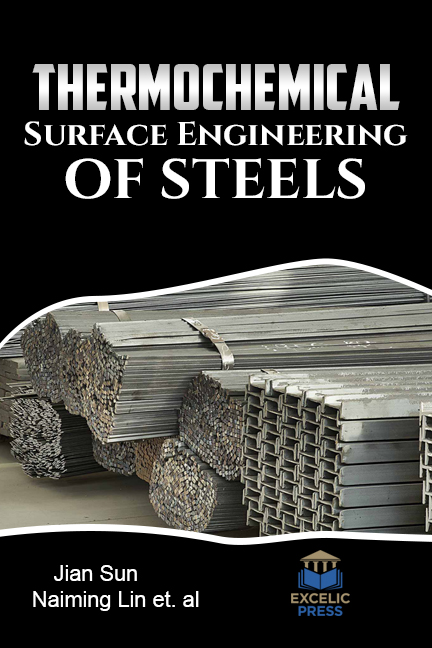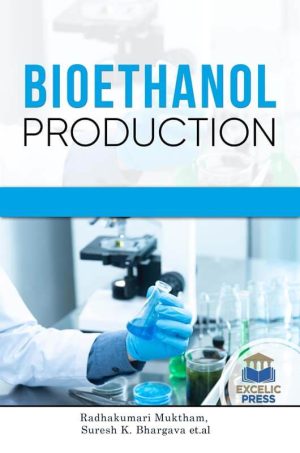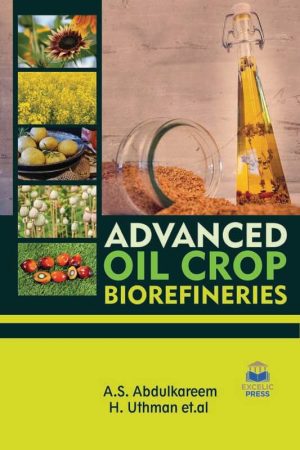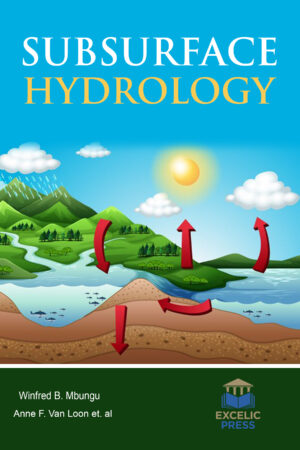Description
Surface engineering is a multidisciplinary action intended to identify the properties of the surfaces of engineering mechanism in order to improve their function and serviceability. Corrosion, wear and fatigue are among the most important mechanisms that lead to materials degradation, which, eventually, leads to failure of components. Thus there is a great potential for saving resources, provided that the fundamentals of material behavior, and thus its performance including degradation, are understood, in order to define on that basis strategies to improve the intrinsic properties of materials. Carbon steel is commonly used in the industry but vulnerable to wear and corrosion in the field. Replacing it with stainless or alloy steel increases the cost significantly, and a better alternative is to improve its surface properties and lifetime using plasma immersion ion implantation.
Thermochemical Surface Engineering of Steels deals with the treatment of the surface and near-surface regions of steel to allow the surface to perform functions that are distinct from those functions demanded from the bulk of the material. It deals with geometrical, optical and chemical properties of stainless steel surfaces polished by various methods. It highlights on nitriding thermochemical surface treatment used in steels and alloys to improve wear and friction properties by surface microstructure modification, while maintaining adequate substrate properties. Surface characterization and corrosion resistance of 36Cr-Ni-Mo4 Steel Coated by WC-Co cermet electrode is explained. Effect of heat treatment parameters on the mechanical and microstructure properties of low-alloy steel and effects of gas metal arc welding techniques on the mechanical properties of duplex stainless steel are discussed as well. It is hoped that this book will be of valuable for engineers and practitioners as well as for researchers and will inspire young people to donate to future growth in the field.





